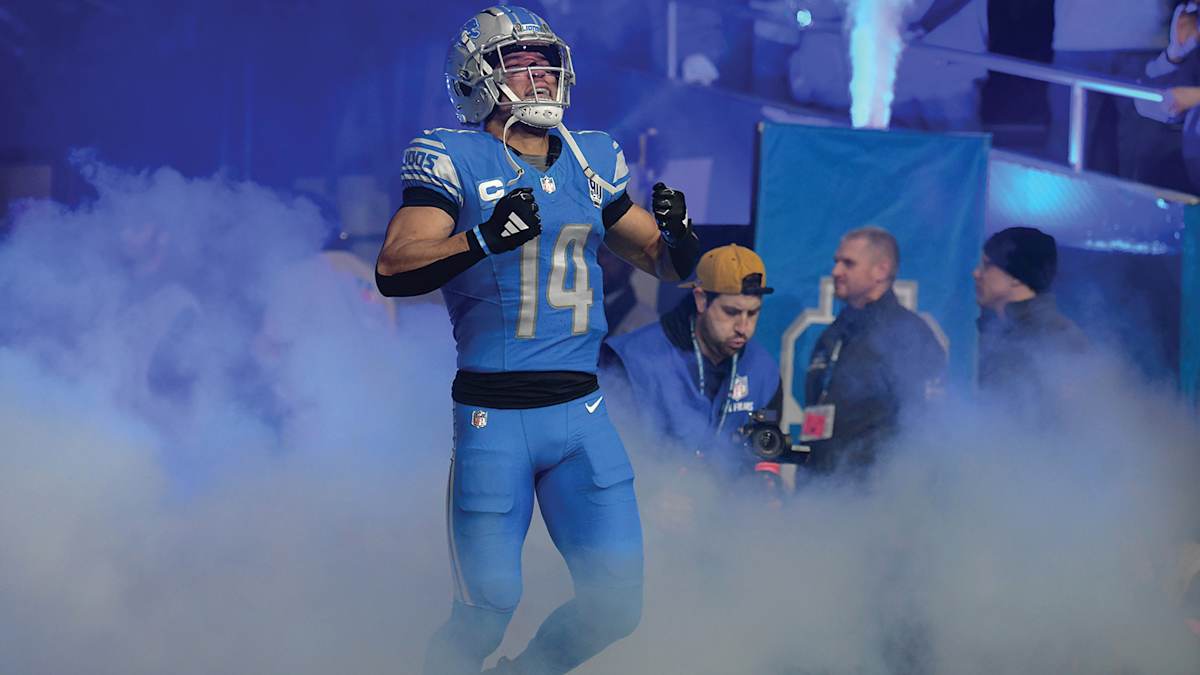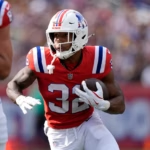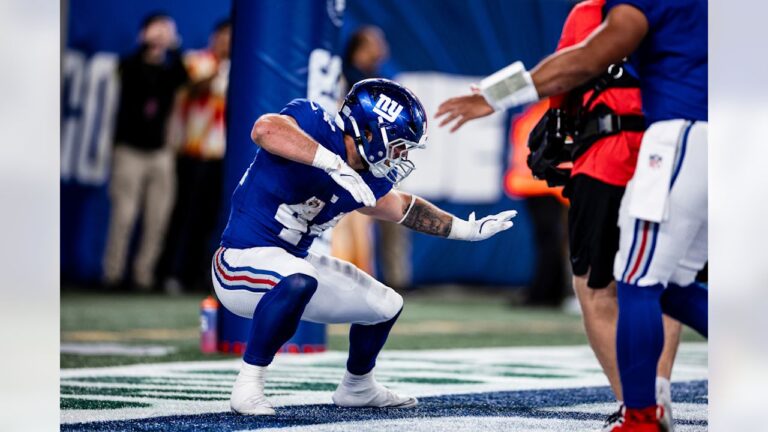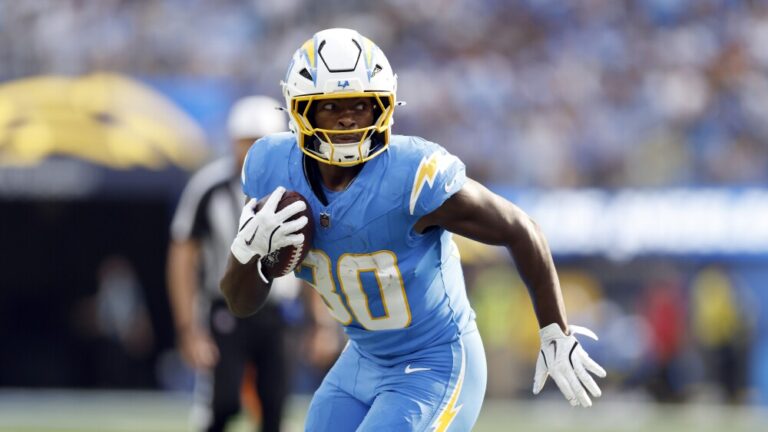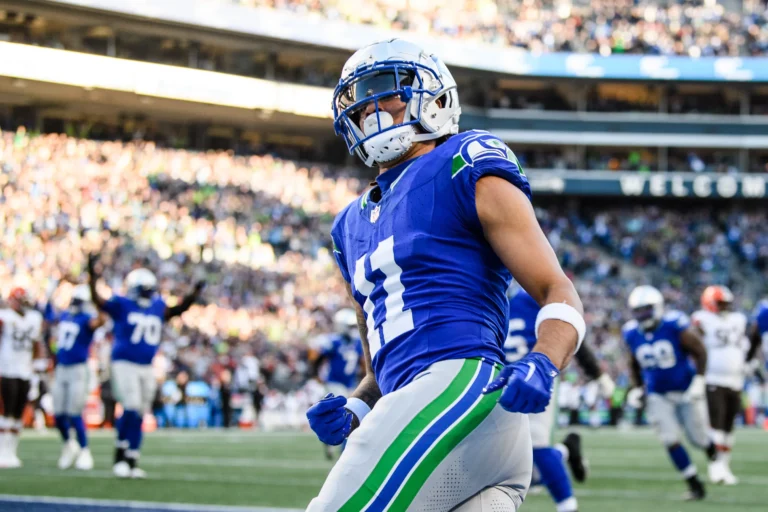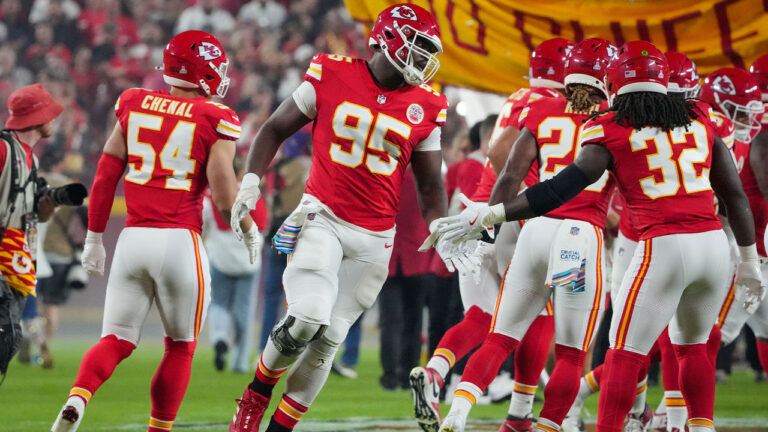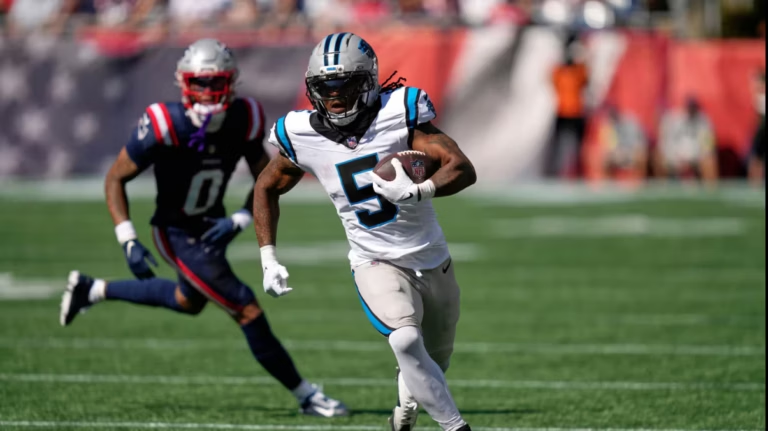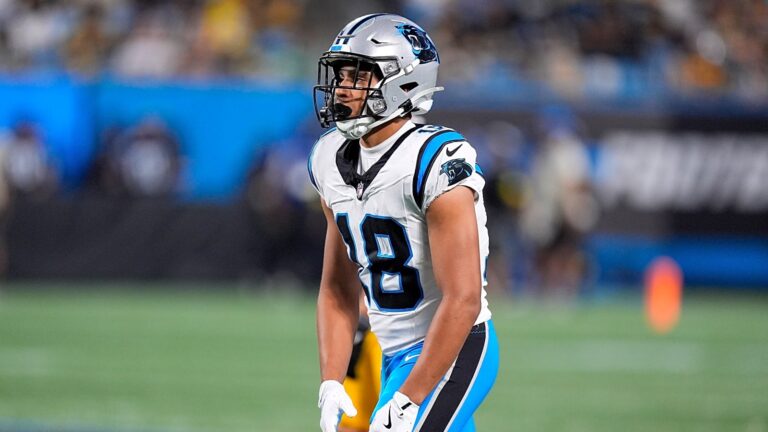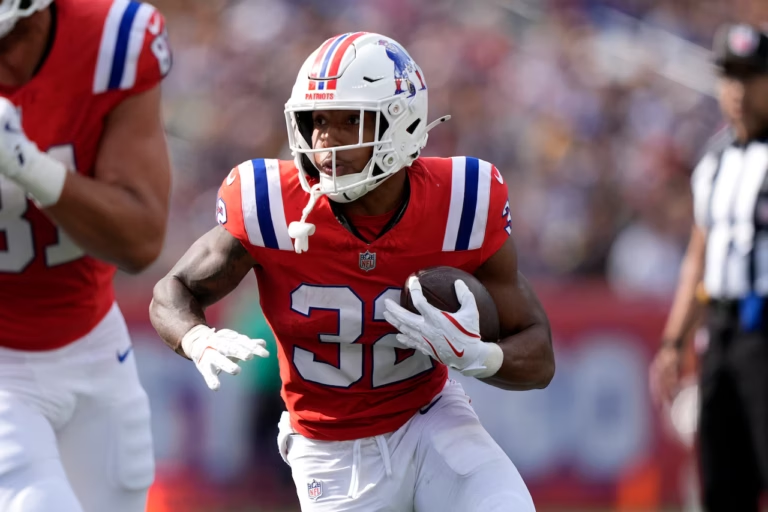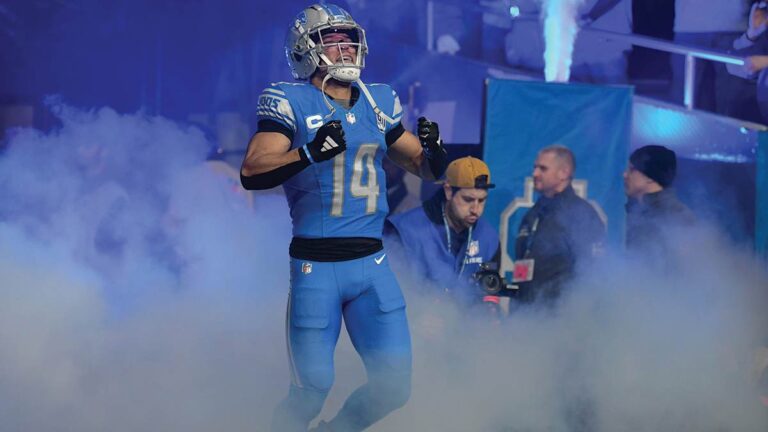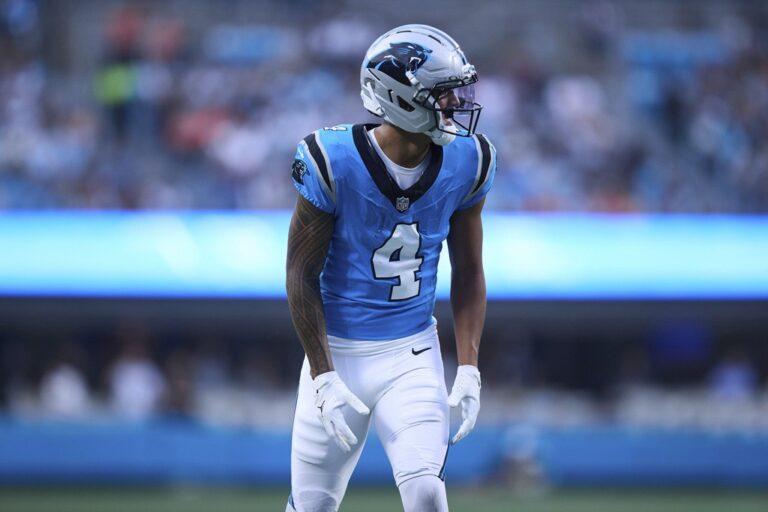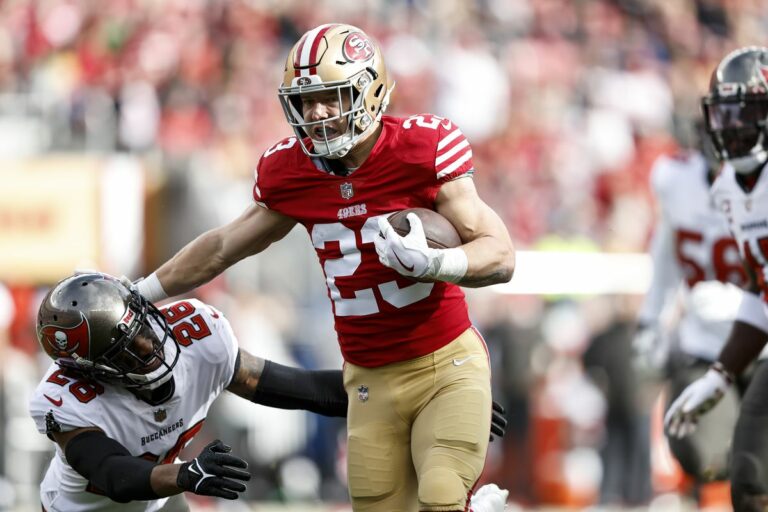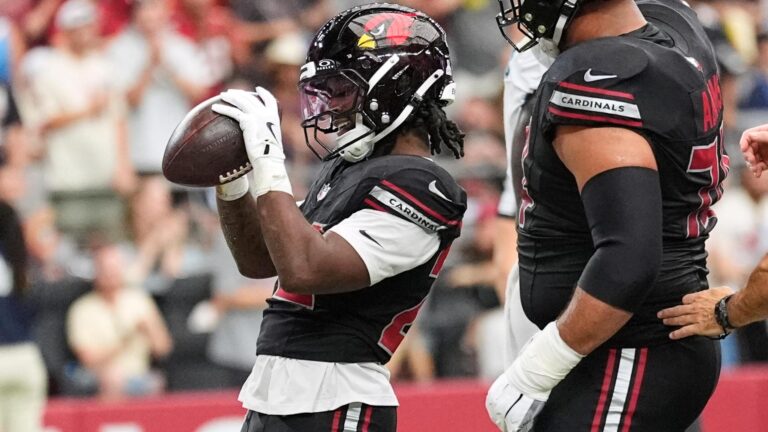Fantasy football has exploded in popularity because it combines the excitement of watching games with the strategy of betting. Millions of players enter daily contests, place prop bets, and manage their season-long teams with the same goal in mind: finding value that others overlook. The challenge and reward come from spotting players who are set to outperform expectations before the market adjusts.
The best way to find that edge is to focus on real NFL data and matchups. Looking past the box score helps reveal where the true opportunities lie, giving fantasy players a better chance to gain an edge and turn insight into winning results.
Snaps and Routes
Snaps and routes are the foundation of trust in fantasy football. They show how much a player is actually involved in the game and whether their production is sustainable. A receiver cannot rack up points if he spends too much time on the sideline, and a tight end who spends most plays blocking will rarely deliver consistent fantasy value.
Raw touches can also be misleading if they are not backed up by usage. A running back who gets 10 carries on only 30% of the team’s snaps is far less reliable than one who sees the same workload while playing 70% of the snaps. The difference is volume tied to opportunity, and that is what drives long-term fantasy success.
In Week 5, the Buffalo Bills receivers highlight this point against the Patriots in a favorable passing matchup (+85.1%). Stefon Diggs and Khalil Shakir aren’t just seeing targets — they’re on the field nearly every play. That stable role, combined with a favourable matchup, equals strong fantasy value. Looking ahead, tracking snaps and routes will help spot future trends and give an edge with NFL moneyline picks.
Offensive Personnel Packages
Offensive personnel packages reveal how a coach utilizes his players and which positions receive the most opportunities. Some teams lean on three wide receivers, while others use two tight ends more often, and these choices decide who can be trusted in fantasy lineups.
In Week 5, the New York Jets demonstrated this against the Cowboys by frequently running 11 personnel, which matched up well with a Dallas defense that has allowed 33.8 Half-PPR points per game to outside receivers. That made Garrett Wilson a clear must-start and gave secondary Jets receivers a chance to contribute.
Average Depth of Target (aDOT)
Average depth of target (aDOT) shows how far downfield a player is being targeted, and it’s one of the clearest ways to understand a receiver’s role. While a single extended play can skew stats like yards per catch, aDOT reveals whether a player is consistently being used as a short-yardage option or as a deep threat with big-play potential.
High aDOT players tend to be more volatile, but they also carry the kind of ceiling that can swing fantasy matchups. Justin Fields illustrates this well: his willingness to attack downfield creates opportunities for receivers to hit on explosive plays, and when paired against a defense like Dallas that has struggled in that area, it raises the upside for his pass catchers.
In fantasy formats that reward ceiling — like DFS or best ball — targeting high aDOT receivers in favorable spots is often the difference between a solid score and a tournament-winning lineup.
On-Target Throws
On-target throw percentage is a valuable measure of quarterback accuracy. It shows how often a passer delivers the ball where a receiver can make a play, removing some of the noise from drops, tips, or pressure. This makes it easier to assess the degree of responsibility a quarterback bears for incomplete passes.
Accurate quarterbacks give their receivers and tight ends a higher floor, while inaccurate ones make production harder to trust. Jared Goff is a good example, as he has been one of the most accurate passers when protected. Against a Bengals defense that struggles to generate pressure, players like Amon-Ra St. Brown and Sam LaPorta are set up for success.
WR vs. CB Matchups
Wide receiver matchups against cornerbacks play a significant role in fantasy value. Even with plenty of targets, a receiver can be limited if he spends most of the game against a top corner. At the same time, an average receiver can produce a big week when facing weaker coverage.
These details matter because not all defenses play the same way. Zone-heavy defenses with weak outside corners are vulnerable, while man-to-man defenses with elite corners can shut players down. Knowing the difference helps set realistic expectations and lines up closely with insights found in FanDuel’s NFL Matchup Predictions.
In Week 5, the Jets’ wide receivers benefit from a favorable matchup. Dallas has allowed more fantasy points to outside receivers than any other defense. That puts Garrett Wilson in a prime spot with league-winning upside and also gives other Jets receivers a chance to contribute.
Takeaway
Fantasy football success stems from understanding how players are utilized and how their roles align with specific defenses. Examining snaps, personnel groupings, depth of target, quarterback accuracy, and wide receiver matchups helps identify where the real opportunities lie. Applying these insights when setting lineups, entering DFS contests, or placing bets makes it easier to find value and improve results.
